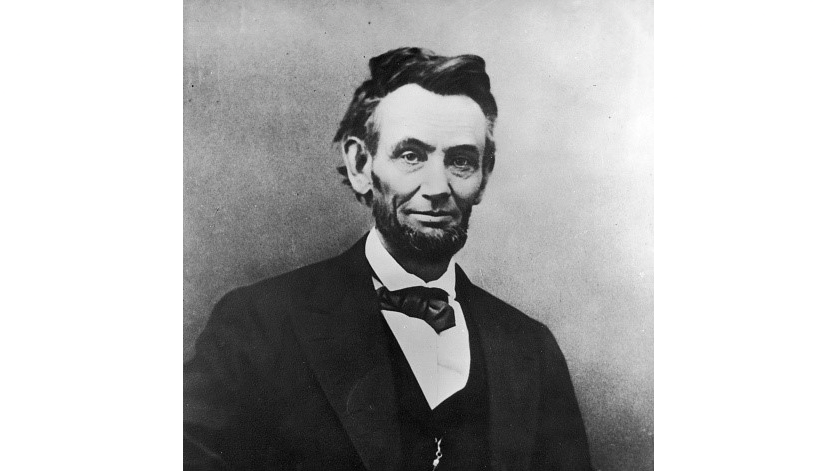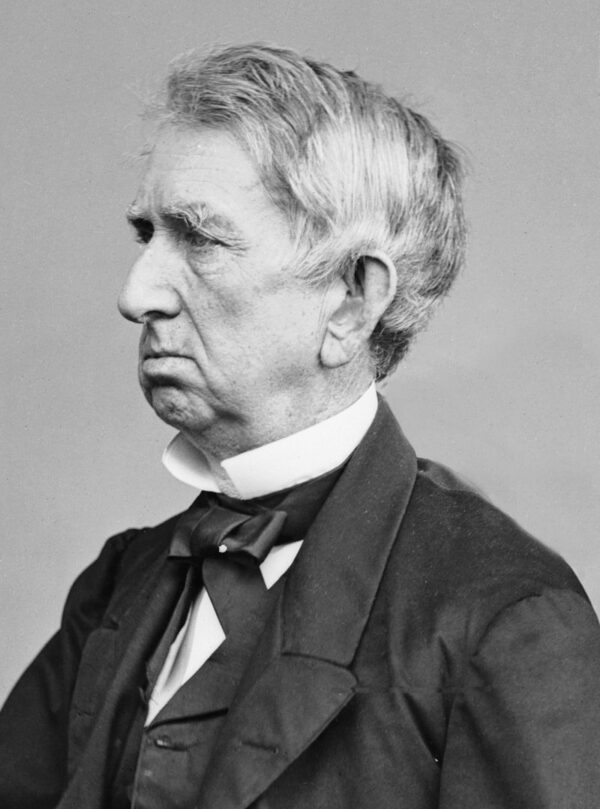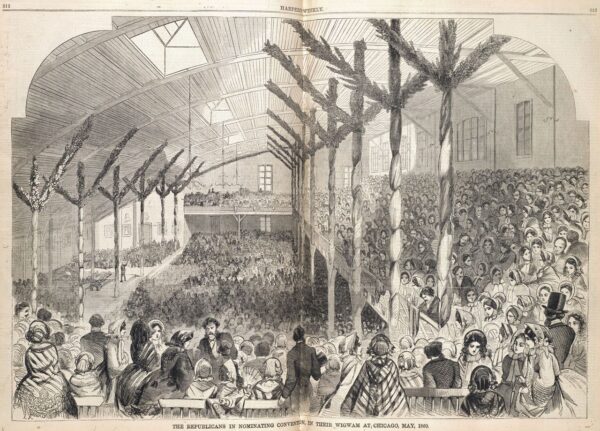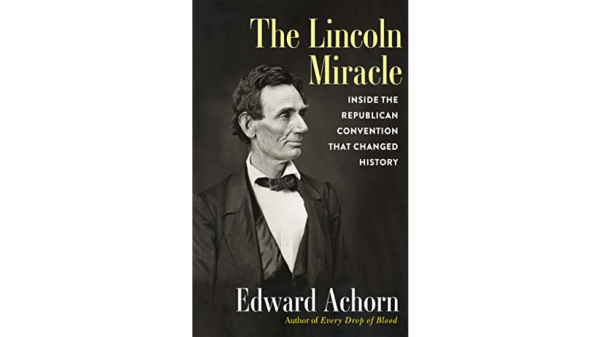


My grandfather on my mother’s side was a self-taught lawyer. His jurisprudence was practiced in Socorro, New Mexico in the late 1800s. Some of my relatives say that he lobbied for statehood, though that effort didn’t succeed in New Mexico until 1912.
It was more than 50 years earlier, in 1860, that another self-taught lawyer was lobbying his case against a field of 11 at the Republican National Convention held in the bustling city of Chicago, Illinois. A little-known Illinois country attorney, Abraham Lincoln, was seeking the Republican nomination for president.
Lincoln was anti-slavery and pro-Union. While the Northern and Southern states had drawn lines on the slavery issue, it was the Northwest Territories, including future states like New Mexico, that loomed as an unknown in terms of whether they would reject or accept slavery. Where they landed on the issue would add or detract from allegiances already established in the East.
In 1860, the issue of slavery topped a contentious list of divisive topics that included racism, unbridled immigration, the economy, and prohibition, to name a few. The political climate was raucous and unnerving, particularly for those seeking public office.
It is against this tumultuous background that historian and author Edward Achorn crafts a riveting read laser-focused on a six-day period starting on May 12, 1860 and ending on May 18, 1860 when Lincoln secured the nomination to be the Republican candidate for president on the third ballot.
“The Lincoln Miracle: Inside the Republican Convention That Changed History” is aptly titled. “Miracle” is no doubt the word to use when describing the extraordinary events that took place during that period in America’s history.
Aside from giving readers a detailed profile on the various candidates in the running—most notably New York Senator William H. Seward, who was the prominent politician most favored to secure the nomination—Achorn infuses a procession of other chaotic ingredients, including a host of influential newspaper editors, power brokers like Horace Greeley and Thurlow Weed, rising youth groups like the Wide Awakes, and the strength of abolitionist and prohibitionist sentiments.
It was a raucous and contentious time in America, perhaps even worse than what we’re witnessing today.
The Republican National Convention held in Chicago in 1860 was described by some as a saturnalia, fashioned after boisterous Roman festivals. It was indeed a near fantastical event held in a recently constructed building known as the Wigwam. Designed to hold thousands and acoustically designed so that voices would carry, it was lavishly and lovingly decorated inside by crews of dedicated women. They didn’t have the right to vote yet, but their influence in political elections was not to be underestimated.
Achorn, again, does the reader a keen and educated service by describing the rise of the city of Chicago itself. In the early 1830s it was a few buildings clustered next to the Chicago River. By 1860, its population had swelled to some 110,000 inhabitants who brought not just industrial growth, but growing pains in the form of poor sanitation, crowded streets, and congested railway stations. Delegates poured into the city from all across the country. If they were fortunate, they were able to secure rooms in the few prominent hotels; many were willing to share a room.
In his book, Achorn does a brilliant job of painting a colorful, vibrant, and complicated picture that successfully incorporates many themes. While readers already know the outcome of Lincoln becoming America’s 16th president, the book is a page turner as the behind-the-scenes chicanery looms ever large and prescient.
The issue of slavery in America was brewing decades before the Republican Convention. But by 1860, it was a boil ready to burst. Lincoln knew this, but was hoping that sentiment would subside. It didn’t, resulting in the secession of the Confederate States of America and its subsequent attack against a United States military garrison at Fort Sumter in South Carolina on April 12, 1861. No one was killed, but the action marked the beginning of our nation’s bloodiest conflict.
Readers will become immersed in the intensity of that divide as Achorn poignantly describes the level of vehemence, brutality, and violence that ran rampant over the chasm surrounding slavery. For many in the South, there was little stomach for a “perfect union.” They were bent on seceding. Lincoln securing the presidency (thanks to Northern voters) only bolstered that cause.
This is a tome, but don’t let the more than 500-page count scare you. Actual reading pages are 444. Still long, but well worth the read. What a story—a long shot, rural lawyer ascending to the presidency and changing America’s course in a most pivotal manner.
Achorn’s book is one of many in the legendary library of Lincoln literature, but it is an essential read not only for Lincoln aficionados but for anyone who is a compassionate consumer of our nation’s political history.
‘The Lincoln Miracle: Inside the Republican Convention That Changed History’
By Edward Achorn
Atlantic Monthly Press, Feb. 14, 2023
Hardcover: 512 pages



